The number of off grid properties in Australia is growing rapidly, albeit from a low baseline. The number of off grid properties for sale in 2020 was just 809. By 2022, there was 1362 – close to a 70% increase. For comparison, the number of solar houses on the market increased just 26% in that same period.
Victorian-based company Commodore Independent Energy Systems, which has long specialised in solar water pumps, is increasingly gearing its business towards off grid systems – specifically focusing on making units which are compact, easy to install and highly portable.
“We’re noticing the demand is there,” Commodore’s marketing manager Matt Miller tells pv magazine Australia. Moreover, he says it’s now common for the system’s payback to be competed within its warranty period.
More than the payback periods though, he believes the biggest barrier for most potential customers is the complexity of off grid systems. “People just have no idea how off grid systems work.”
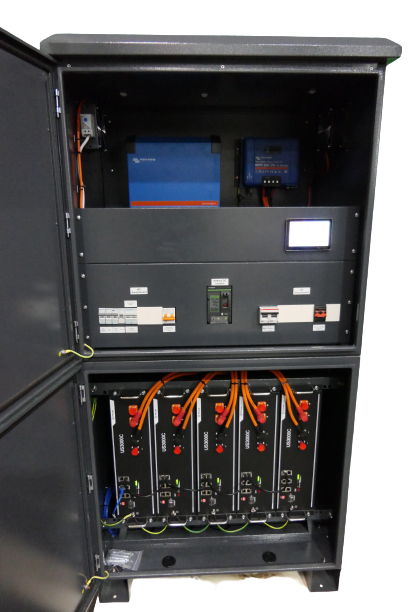
Image: Commodore Independent Energy Systems
To tackle this, the company has begun pre-wiring and pre-programming its systems – something a handful of other companies are now also offering in Australia.
“We’re finding electricians are absolutely loving it,” Miller says, noting it substantially cuts down the time on site and the potential for errors. “No one has to look through 200 pages of literature.”
Commodore now has 10 electricians devoted solely to pre-wiring and pre-programming units inside the warehouse. Once the system is on site, Miller says the cabinet only takes a few hours to install – though the total duration depends on how much solar is being installed alongside the system. “This completely changes the game,” Miller says.
Push towards system ease
Just last week, Chinese company EcoFlow, began marketing its new EcoFlow Power Kits for tiny homes and camper vans in Australia. Though with a smaller capacity than Commodore’s offerings, the system is also focussing on ease and simplicity, putting components like the battery system, charging system, DC converter and inverter together in a preconfigured box.
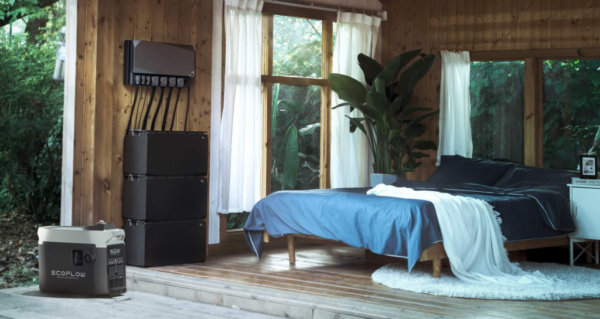
Coming back to Commodore, another key issue Miller says the company has encountered is customers’ trepidations about off grid system’s capacity and flexibility. He believes the last decade has seen some key technological advancements that, as he puts it, “makes living off grid not a burden, but basically like living on grid.”
The main off grid inverters today, Miller says, are fitted with transformers which allow them to surge – usually to about double their rated capacity. The systems are also increasingly able to integrate with generation timers, which can be set so the system only comes on at certain times and has “quiet hours.”
“It’s pretty well limitless what you can do.”
Capacity & cost
The cost of an off grid system largely depends on how big of a system is needed, but Miller says the pricing for a mid to top end system is roughly:
- Tiny home/small off grid (less than 10 kWh usage per day): $10,000 – $20,000
- Medium/family home (10-20 kWh per day): $25,000 – $50,000
- Large power user (25-30 kWh per day): $50,000 +
“They’re not crazy prices,” he says, noting the batteries in these systems generally have a 10 year warranty while the inverter warranties are between five to ten years.
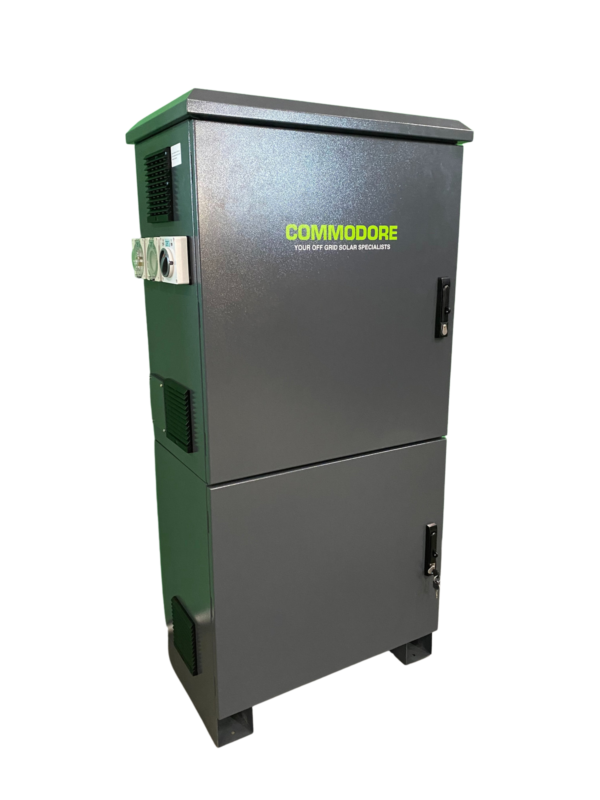
Image: Commodore Independent Energy Systems
In terms of calculating how much capacity a property actually needs, Miller says Commodore has put its capacity calculator tool online for customers for the sake of transparency and to allow customers to play around. “It can all be calculated without rocket science.”
Cost of staying on grid versus going off grid
With electricity demand growing but network capacities remaining largely stagnant, Miller says the company has been seeing cases where local grid connections are costing between $20,000 to $100,000.
This is a big issue in Western Australia, where solar and battery installers working in the South West Interconnected System – the state’s islanded grid – have echoed these sentiments. There, the network provider Western Power has recently begun enforcing properties stick to their grid supply allocation, which in rural and regional areas is just 32 amp for single phase or 16 amp per phase for three phase connections.
Electricians have described this allocation as “laughable” and note to upgrade, it costs $1800 just to apply, $5,000 for the second phase application and then come the equipment costs to enable the upgrade. One installer in the district previously told pv magazine Australia he had a customer on the hook for as much as $250,000.
It’s easy to imagine then that going off grid would be an attractive alternative.
Energy security
Alongside interest in off grid, Miller says there’s a growing number of people wanting to stay on grid but fit batteries which will continue to work during power outages.
While high voltage AC systems generally have a better return on investment, so have proven more popular to date, Miller says customers are increasingly moving towards low voltage DC batteries, which offer more energy security. “That’s become really popular,” Miller says.
Linked to a property’s solar system, low voltage DC connected batteries are able to charge and discharge when the grid goes out – whereas high voltage batteries will often only discharge once.
ESG cred
The building sector and mining sectors are also turning to off grid systems to power their site offices. “We’re seeing a lot of demand from the corporate space,” Miller says, noting the interest is often driven by improving the company’s corporate image and upping its ESG cred.
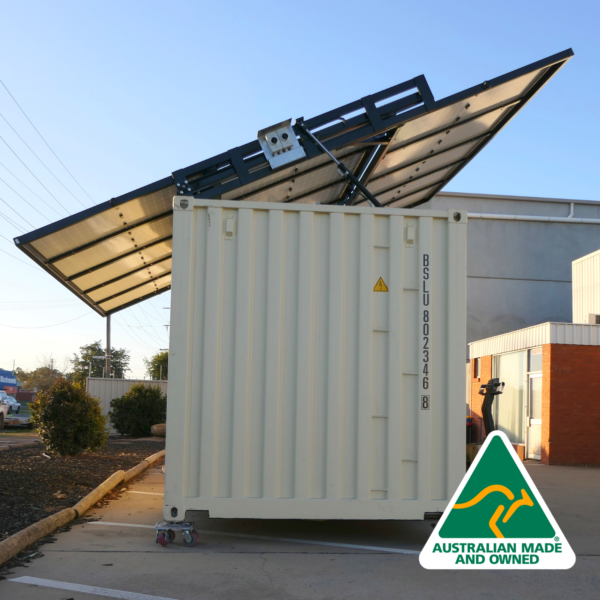
Image: Commodore Independent Energy Systems
In answer to that demand, Commodore released their Portable Power Station – which is Australian-made though includes some Indian and European components.
The unit’s main feature is its hydraulic frame which allows the solar panels to fold in and out, ready for transport. The 20 foot container has 15 x 390W panels – equating it a 5.85 kW capacity.
Still early days
While there’s more interest in off grid, Miller still thinks there’s a long way to go. “At this stage really only early adopters,” he says.
This content is protected by copyright and may not be reused. If you want to cooperate with us and would like to reuse some of our content, please contact: editors@pv-magazine.com.
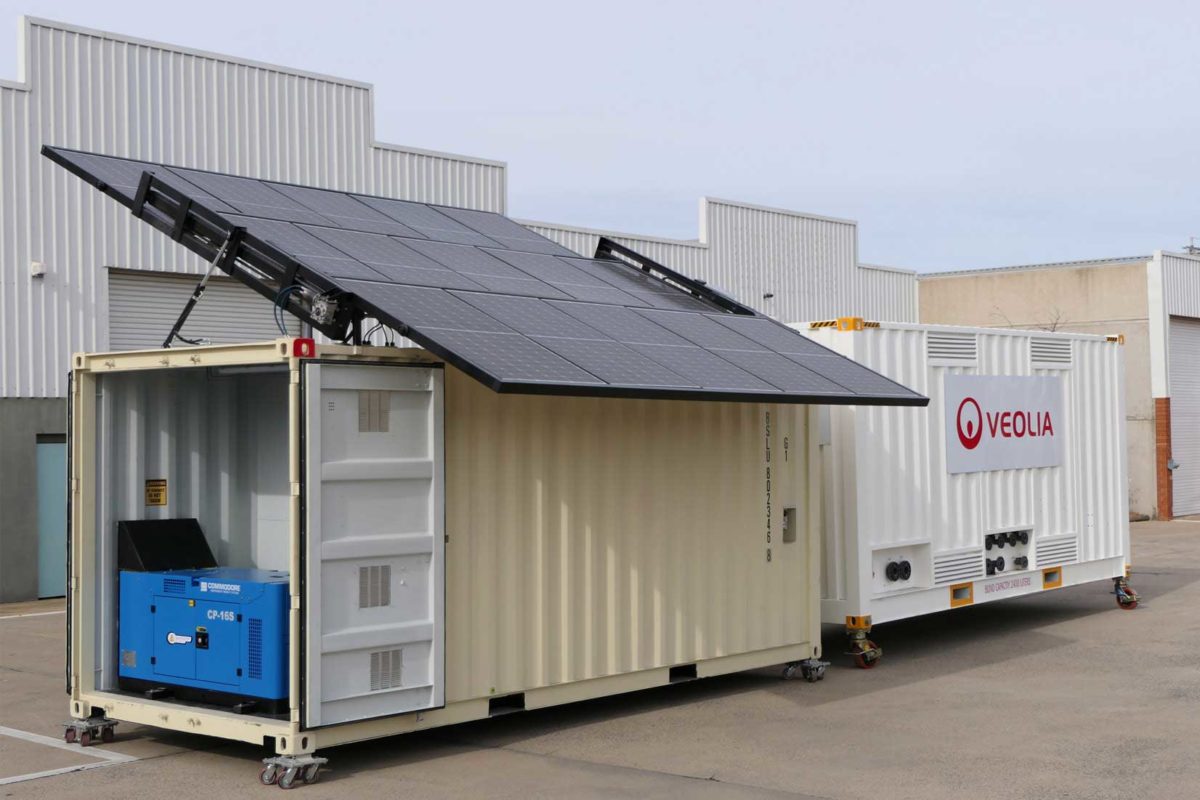
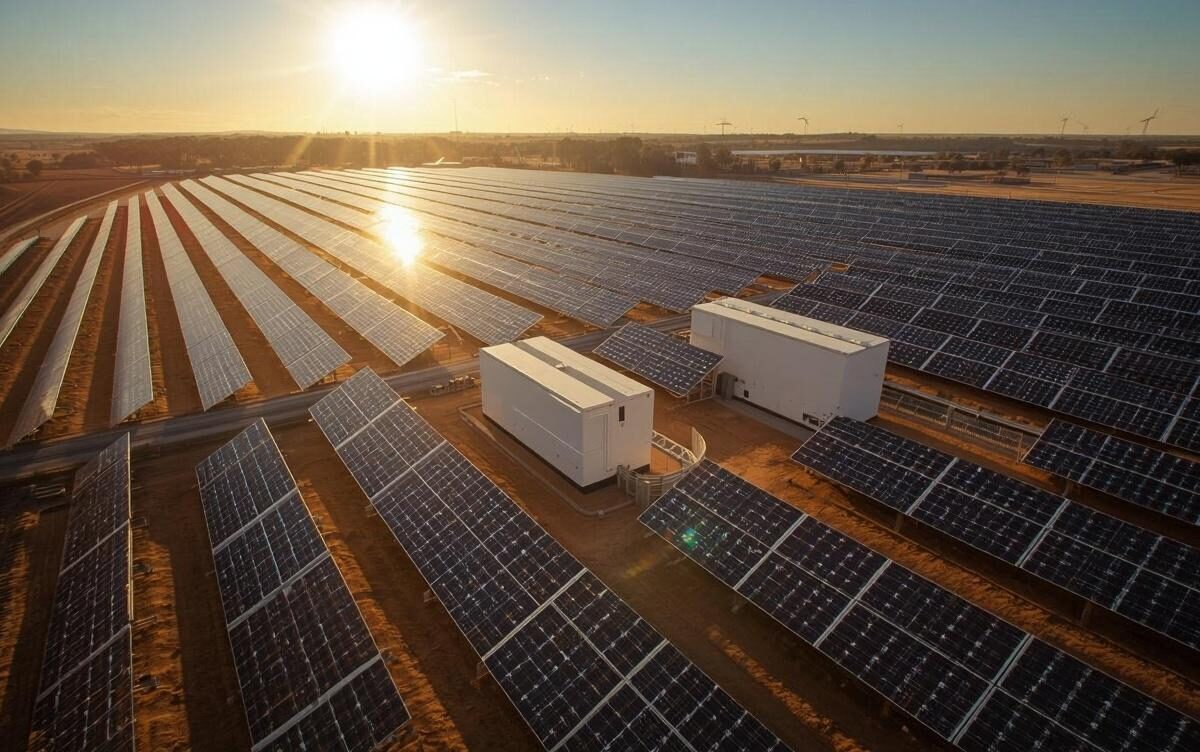


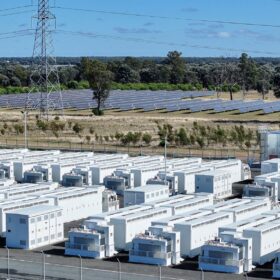

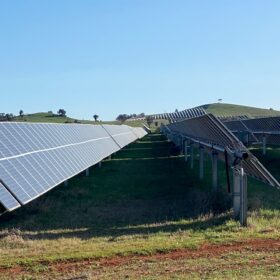
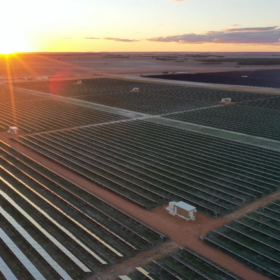

I really appreciate the details you shared with me about pre-wired systems. thanks for sharing
I really loved this article. Hope you will post more informational articles like this. Thank you so much
I recently purchased an off grid battery bank from Commodore and when it failed shorthly after purchase they refused to help me with the issue ! only offering exuses not service . After further inseption from another supplier we found the battery was of poor quality and had loose wires floating about and was only held together with sticky tape and couple of spots of silicone ? very dangerous in a highly explosive lithium battery ! I woiuld not recomend them to anyone , but rather warn them to buy elswhere from a reputable dealer who back the product they sell